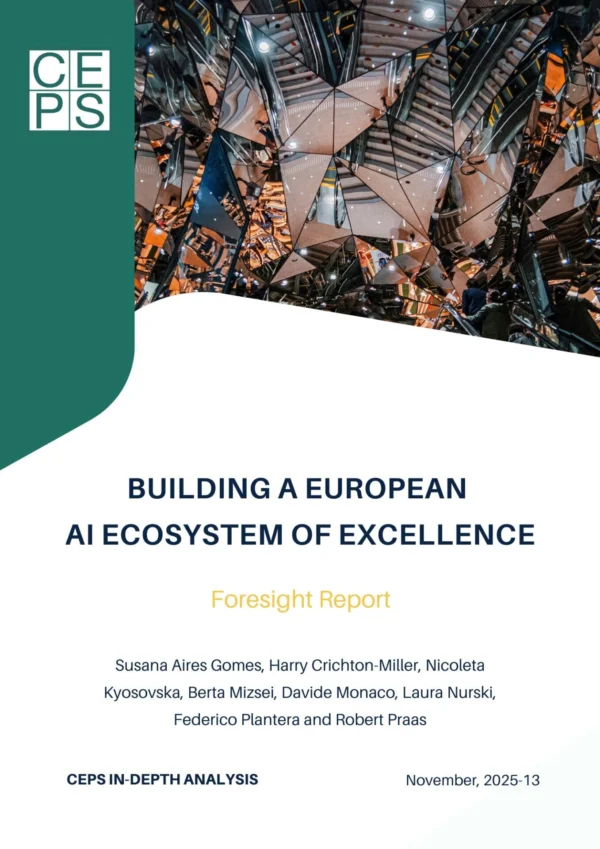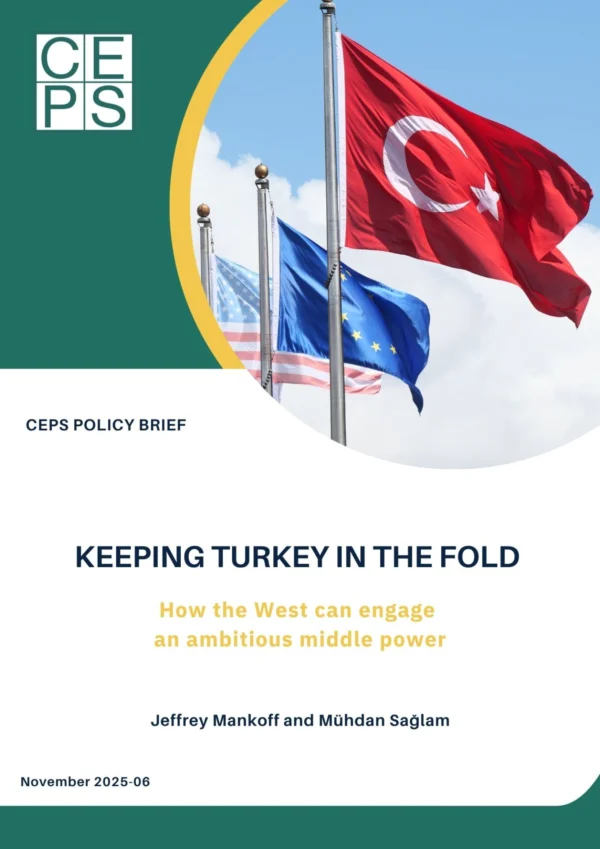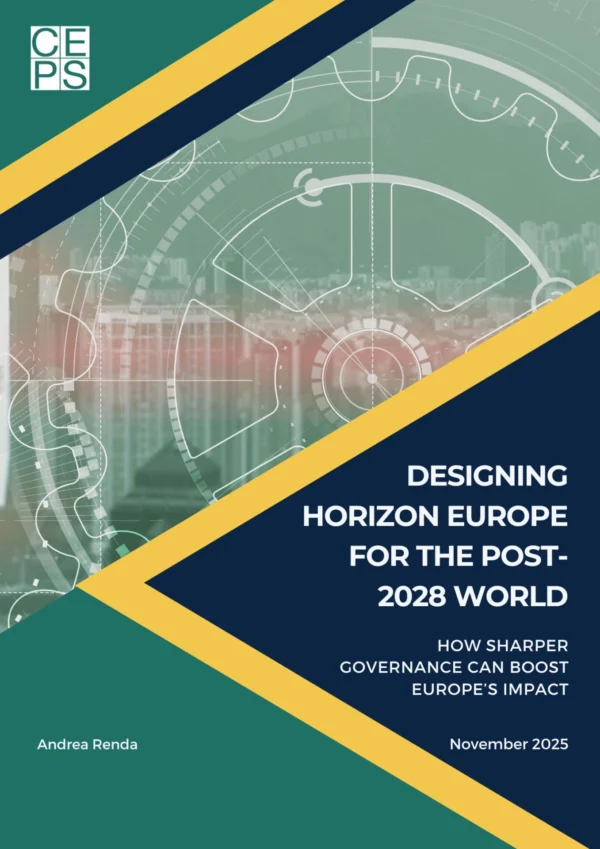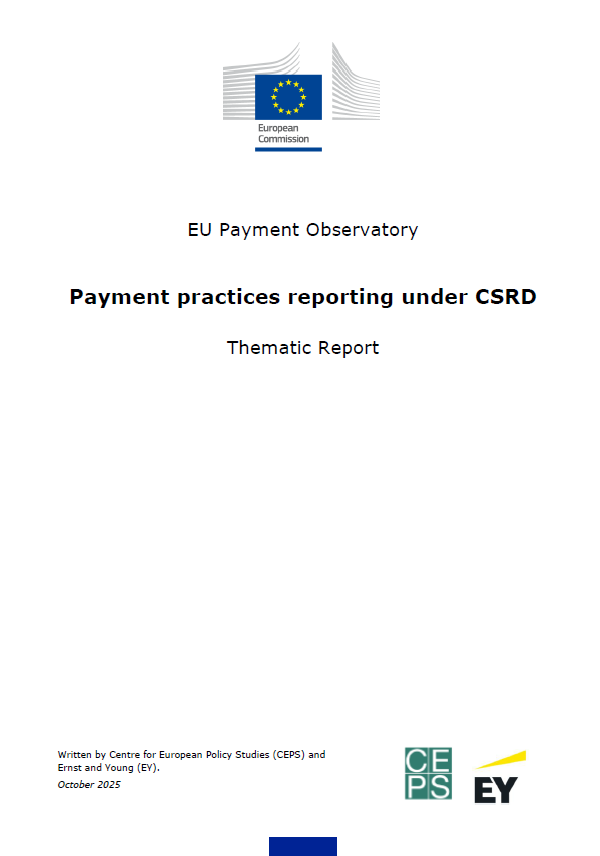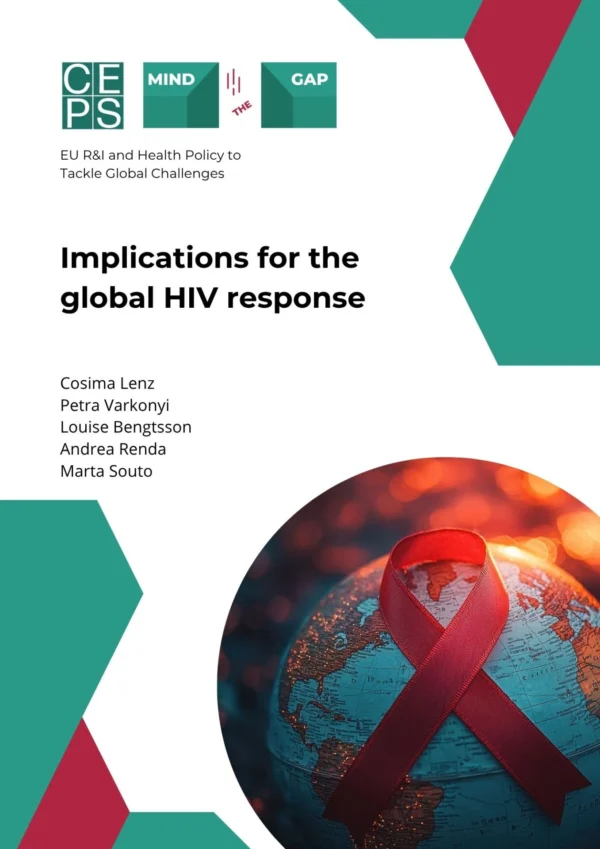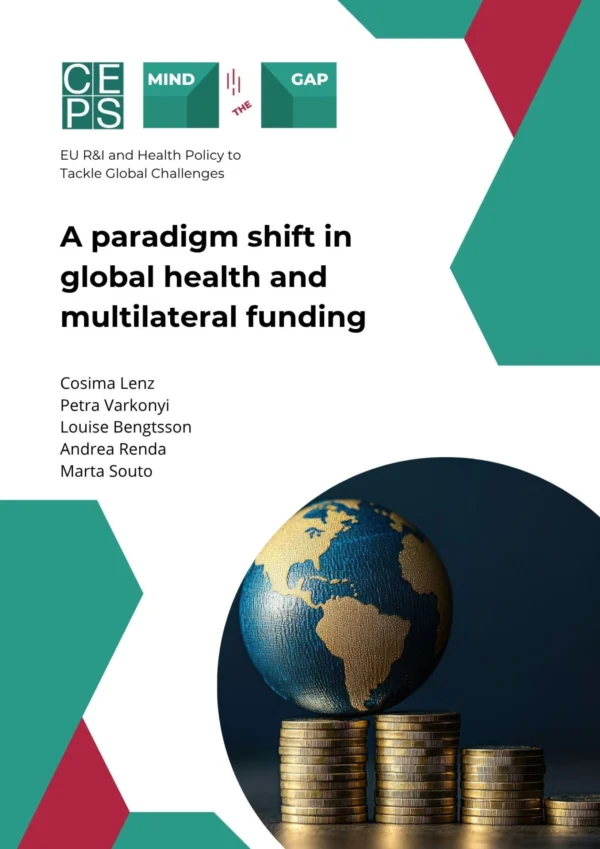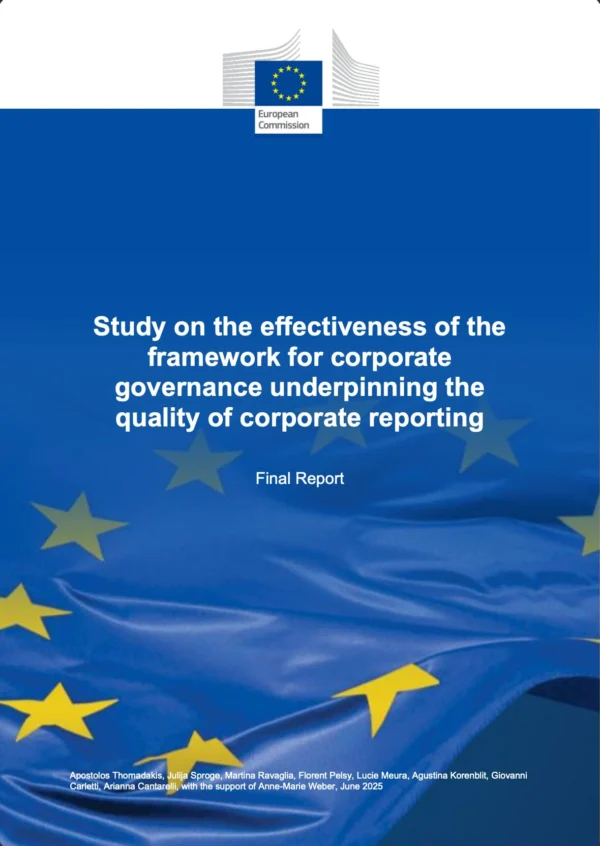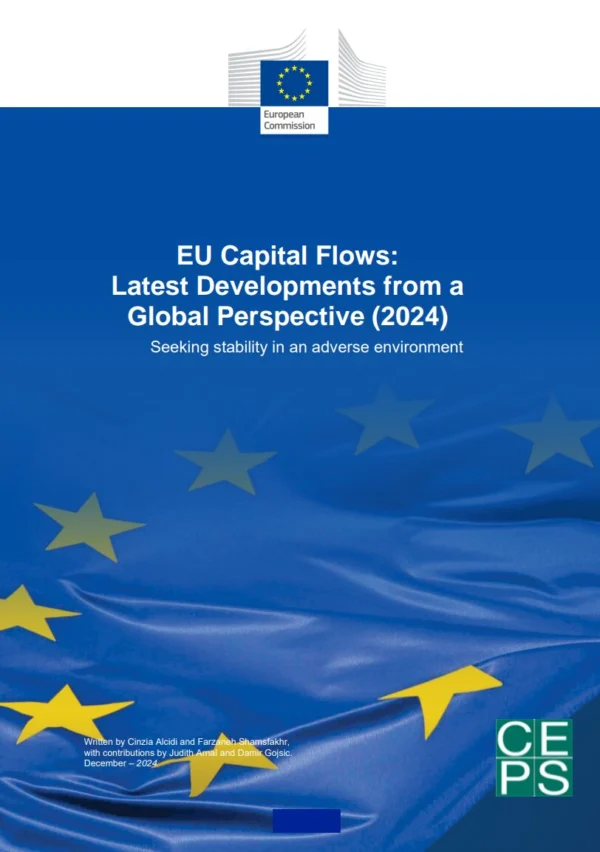In its recent Future customs arrangements: a future partnership paper, the UK government is advocating two approaches to trade with the EU: either a “highly streamlined customs arrangement” or a “new customs partnership with the EU”, but has not yet made a choice.
In this CEPS Commentary Jacques Pelkmans tries to discern the main elements of what the UK government is envisaging for trade under Brexit as it attempts to “take back control”, and finds that far from being “frictionless” it appears to be more based on fiction.
Why leave the EU customs union in the first place?
The UK government published its vision for what it calls “Future customs arrangements” with the EU-27 on 15th August 2017.[1] The UK insists on leaving the EU customs union, despite numerous warnings about the costs and complications of doing so. Its motivation is “to achieve our objectives on trading independently with both the EU and the rest of the world”.[2]
This motivation is based on two drivers:
- a conviction on the part of some Brexiteers that the UK can strike “better” trade deals with third countries once it is outside the EU (again, an assertion that is highly contested); and
- the fear that if it stays in the (or ‘a’) customs union with the EU, the UK would end up in a position similar to Turkey in its customs union with the EU[3] – an illogical inequality of customs union partners.
If one assumes that the first driver is simply wrong (and there are good reasons to think so) and the second is based on the notion of equality between customs union partners, it is hard to discern any rationale for the UK ‘leaving the customs union’, whereas the benefits of staying in are widely agreed and vociferously argued by businesses, among others. The point is critical because we shall show that the ‘vision’ of the UK to go its own way, as now proposed, in fact goes against its own declared principles, and is both costly and uncertain.
The core question
The UK government is advocating two approaches but has not yet made a choice: either a “highly streamlined customs arrangement” or a “new customs partnership with the EU”. These are the government’s declared “visions”. Although the first term does not explicitly refer to a partnership with the EU, if we zoom in on the main elements of what is envisaged, an EU-UK partnership would appear to be necessary. Both approaches amount to attempts to ‘take back control’ without, it is suggested, incurring most of the costs of leaving the EU customs union – costs that have often been cautioned against. The central question is whether this approach of ‘having one’s cake and eating (most of) it’ can actually be turned into realistic, cost-minimising and workable arrangements that are also acceptable to the EU.
A critical look at the UK’s first option
Table 1 summarises the features, known so far, of the first, supposedly relatively ‘independent’ option.

Table 1 shows that this first approach consists mainly of setting up facilitations for the UK separately – facilitations that already exist for members of the EU customs union. Of course, this is necessary but it cannot be presented as a further cost reduction. Some ideas fall into the category of ‘better regulation’ and better IT and might be seen as part of a global customs facilitation agenda that has already been pursued for many years. Some ideas are vague and/or radical and experimental. The emphasis in the text is overwhelmingly on how many improvements/ facilitations the UK might introduce, leaving one single line on the “increase in administration compared to being inside the customs union”, which is the core issue of more costly red tape, inspections and delays. The latter is completely inconsistent with the repeated assertions that the EU is about too much red tape and bureaucratic inertia. Rather, it is the UK that is introducing extra red tape and the risk of delays. Businesses have already protested and value-chain operators cannot possibly be swayed by a light facilitation of what they see as a costly ‘solution’ in the first place.
But there is more. The EU-27 and the UK will have to agree on a range of cooperative arrangements. This should not be a problem for the CTC or AEOs, as this is accepted practice in the world of customs, and the implementation can be identical to what is done today. But the ‘continued waiver’, the no-stop border in roll-on/roll-off ports, the deep and trusted customs cooperation between the EU and the UK even when the UK is no longer a part of the EU customs union and the acceptance of e.g. self-assessment of payable duties and aggregation by selected firms, not to mention ‘streamlining requirements’ (a vague intention), will be subject to negotiation across the Channel.
On the basis of this ‘vision’ paper, it is extremely hard to reach any conclusion about the prospects of such negotiations. Yet, there is more. This first option (and indeed the second one) is mentioned without explicit reference to a Brexit trade model with the EU, say, a deep and comprehensive free trade area (a CETA-plus or an EEA approach?). But that omission is no small matter. If there were no bilateral tariffs, this experiment would at least be easier and less risky. On the other hand, with bilateral duties in place, the urge to have watertight controls would be strong and the first option would not get very far, with more ‘frictions’ as a result. If there were no duties levied[4] between the EU-27 and the UK in such a deep FTA (free trade agreement), the emphasis would also shift to certificates-of-origin and trade defence instruments such as anti-dumping and countervailing duties. The present “highly streamlined customs arrangement” document is silent on this point.
All in all, this option, which aims to reduce ‘frictions’ in trade as much as possible, might turn out to be modestly effective in some respects but a fiction for most of the rest. One suspects that underlying all the suggestions is an implicit preference for a bilateral FTA.
A critical look at the UK’s second option
The second option suggested by the UK is a “new customs partnership with the EU”. It holds that the UK and the EU should also “jointly consider innovative approaches that could support UK-EU trade outside of a customs union arrangement, while still removing the need for customs processes at the border”. That would be a dream come true. This option is not fleshed out but the idea would seem to be to mimic the customs union (which the UK would have just left) as much as possible for all trade where the EU might be involved directly or as a final destination. Rather like ‘leaving the EU customs union, whilst loving it’.
The UK advocates a partnership with the EU in order to operate a regime “for imports that aligns precisely with the EU’s external customs border, for goods that will be consumed in the EU market, even if they are part of a supply chain in the UK first”. Tariffs and rules-of-origin would have to be identical to those of the EU. Since, in this way, goods entering the UK would have paid the correct duties (à la EU), there would be no difference (according to the UK) to how flows are dealt with today in the EU-28 customs union; hence, no customs processes are needed across the Channel. Such a set-up strongly suggests that the (EU) principle of ‘free circulation’ would still apply, although the UK is not in the EU customs union.
Quite apart from whether this could work in practice, one might seriously wonder whether the EU would allow such a major exception. In any event, the EU would have to legislate to allow it. Yet it would only apply – if indeed this were not a fiction – to goods originating from outside the UK and outside the EU-27, which is roughly half of bilateral goods trade flows. This point is unclear, however. This is probably due to the same omission as before: the Brexit trade model with the EU is simply not mentioned. Again, there is no word about tariffs on goods produced in the UK and exported to the EU-27. And what about EU goods exported to the UK? It is baffling to note that the UK government – by mistake or by imposed constraints from ‘above’? – fails to state explicitly what bilateral trade model underlies its suggestions.
The UK’s “independent trade policy” would enable it to levy its “own” tariffs and trade policy to “UK exports and imports from other countries destined for the UK market”. These “own” tariffs must however be identical to the UK tariffs on third-country goods destined for the EU (MFN[5], non-discrimination for all WTO partners) unless a special trade agreement (Art. 24, GATT), were agreed, something that should have been made explicit.[6] Although the paper is not clear on this point, it would seem that the UK would formally be a separate customs territory in WTO terms, yet for all practical purposes would still be a carbon-copy of the EU customs union. This sounds too good to be true. Does it hinge (implicitly) on a tariff-free arrangement between the EU-27 and the UK post-Brexit? But if the post-Brexit trade model were an FTA, can a carbon-copy of the EU customs union be a realistic proposal? What about revenue sharing?
Is this proposal workable? Probably not, or if so, at the high costs of complexity and red tape. This becomes clear when the UK government’s paper mentions “a robust enforcement mechanism” to ensure that goods not having complied with EU rules stay in the UK. The UK suggests a “tracking mechanism”, which is very complicated[7] and intrusive, hence costly – the very thing the Brexiteers said they did not want, let alone want to promote. And business, in particular traders with goods emerging from multi-country value chains, even less so. All the paper has to say on this is that this “untested’ approach would take time to develop and implement.
A surprise for the interim period
Subsequent to these two suggested approaches, the UK proposes … a new and time-limited customs union (!) between the UK and the EU customs union during an interim period. It is here that for the first time the UK government explicitly mentions that the arrangement is “without…duties”.[8] The government employs terminology such as “a continued close association with the EU customs union” which is based “on a shared external tariff and without customs processes and duties between the UK and the EU.” If this were feasible in practice – that is, no fiction – it is hard to believe that businesses would want to exit from this interim customs union to the permanent options discussed earlier, which are distinctly more costly (and still highly uncertain for the moment). Moreover, the EU-27 would be pulled into technical negotiations for a short-run construction that would materially be the same as what already exists, which is bound to cause irritation, if not outright resistance.
Conclusion
The UK ‘vision’ for customs arrangements under Brexit is at best daring and experimental, but is probably more a product of wishful thinking, if not pure speculation. The paper is full of “promises” to discuss and consult, yet is just as replete with vague formulations or calls for “innovative solutions”. It lacks clarity where precision is called for and only adds to the existing uncertainty about the trade relationship between the UK and the EU.
Certain proposals are liable to increase red tape significantly. The Brexit trade model with the EU (e.g. a deep and comprehensive FTA?) is nowhere spelled out and the two options of a “highly streamlined customs arrangement” or a “new customs partnership with the EU” are discussed with no explicit mention of the duty-free bilateral trade with the EU. Insofar as one can tell from the text, a lot is being asked of the EU. Far from being ‘frictionless’, the UK government’s “vision” for trade with the EU once the UK is outside the EU customs union appears to be founded on fancy and fiction.
[1] See https://gov.uk/government/uploads/system/uploads/attachment_data/file/637748/Future_customs_
arrangements_-_a_future_partnership_paper.pdf
[2] Ibid. p. 6.
[3] Namely, without any joint negotiation position vis-à-vis third countries and without any effort by the EU to support Turkey – more than with a formal declaration – in bilateral negotiations with third countries on how Turkey can join preferential the agreements the EU already has.
[4] Assuming, for simplicity, that tariff-rate-quotas questions (in agro-food) have been resolved by that time.
[5] Most favoured nation.
[6] There is a puzzling phrase regarding enforcement: “… where imports to the UK paid whichever was the higher of the UK’s or the EU tariff rates…”. The UK tariffs would be identical to those of the EU, however.
[7] At the risk of annoying readers, we supply the full quote: the robust enforcement mechanism “… could involve, for instance, a tracking mechanism, where imports to the UK were tracked until they reached an end user, or a repayment mechanism, where imports to the UK paid whichever was the higher of the UK’s or the EU’s tariff rates and traders claimed a refund for the difference between the two rates when the goods were sold to an end user in the country charging lower tariffs. Businesses in supply chains would need to be able to track goods or pass the ability to claim a repayment along their supply chain in order to benefit.” (p. 10)
[8] Although these two crucial words are tucked away near the end of a long sentence.
Jacques Pelkmans is a Senior Fellow at CEPS. CEPS Commentaries offer concise, policy-oriented insights into topical issues in European affairs. As an institution, CEPS takes no official position on questions of EU policy. The views expressed are attributable only to the authors and not to any institution with which they are associated.
Available for free downloading from the CEPS website (www.ceps.eu) © CEPS 2017



